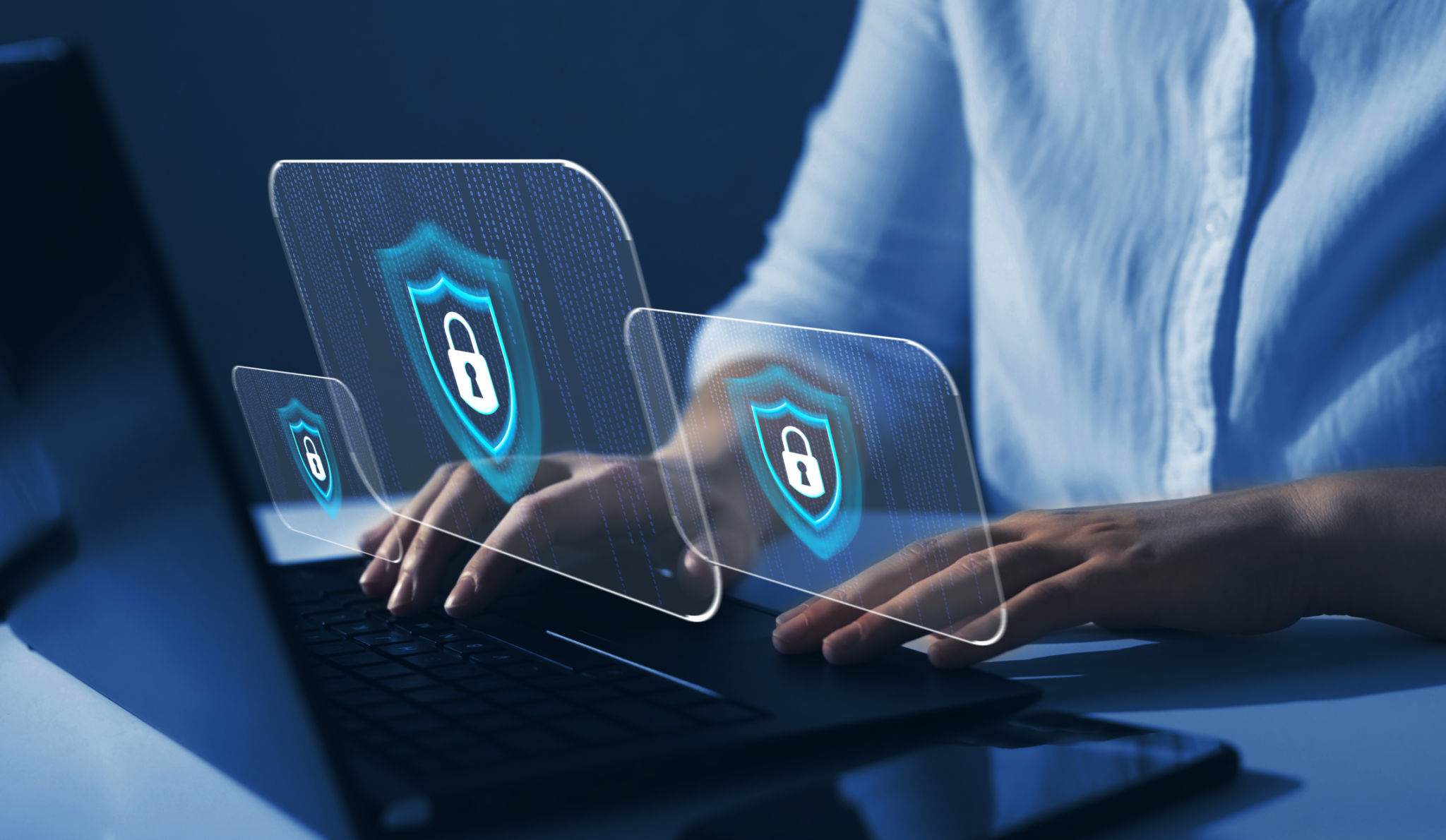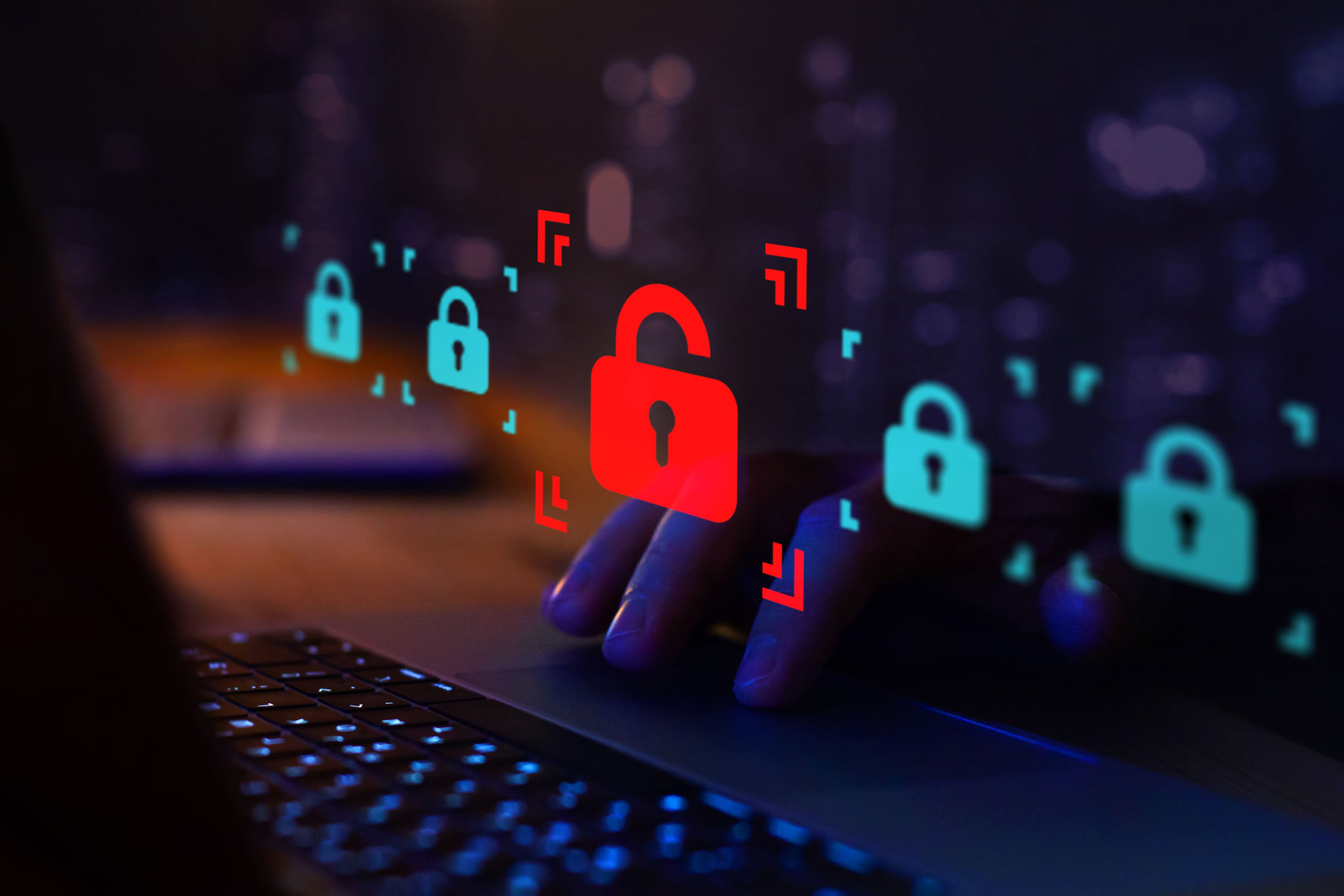10 Common Cybersecurity Myths Debunked by Industry Experts
Understanding Cybersecurity Myths
In today's digital age, cybersecurity is more critical than ever. Despite its importance, there are numerous misconceptions surrounding it. From small businesses believing they're not targets to individuals thinking antivirus software is enough, these myths can leave you vulnerable. Let's explore and debunk some of these common cybersecurity myths with insights from industry experts.

Myth 1: Small Businesses Aren't Targets
Many small business owners operate under the false belief that cybercriminals only target large corporations. However, statistics show that 43% of cyberattacks target small businesses. This is because they often have fewer resources to devote to cybersecurity, making them attractive targets. Protecting your small business is crucial in today's digital landscape.
Myth 2: Antivirus Software Is Enough
While antivirus software is a vital component of any cybersecurity strategy, it is not a standalone solution. Cyber threats are continually evolving, and relying solely on antivirus protection leaves you exposed to advanced malware and phishing attacks. A comprehensive approach that includes firewalls, regular software updates, and employee training is essential.

Myth 3: Strong Passwords Are Sufficient
Although strong passwords are important, they are not the only line of defense against cyber threats. Two-factor authentication (2FA) provides an additional layer of security by requiring a second form of verification. Implementing 2FA can drastically reduce the risk of unauthorized access to sensitive data.
The Human Factor in Cybersecurity
Cybersecurity is not just about technology; human factors play a significant role as well. Understanding and addressing these elements can strengthen your overall security posture.
Myth 4: Insider Threats Are Rare
Contrary to popular belief, insider threats are a significant concern for organizations. Whether malicious or accidental, employees can be responsible for data breaches. Regular training and monitoring can help mitigate these risks and ensure that staff are aware of potential security pitfalls.

Myth 5: Cybersecurity Is IT's Responsibility Alone
While the IT department plays a crucial role in maintaining cybersecurity, it is not their sole responsibility. Every employee must be vigilant and aware of security protocols. Creating a culture of security awareness across the organization helps protect against breaches and ensures that everyone understands their role in safeguarding information.
Technological Myths in Cybersecurity
Technology evolves rapidly, and with it, so do the myths surrounding cybersecurity technology. It's essential to separate fact from fiction to maintain robust defenses.
Myth 6: Cloud Storage Is Inherently Unsafe
Many people assume that cloud storage is not secure. However, cloud service providers often offer robust security measures that can surpass those of on-premises solutions. The key is to choose reputable providers and ensure that proper security configurations are in place.

Myth 7: Firewalls Alone Offer Complete Protection
Firewalls are critical for protecting networks by blocking unauthorized access, but they cannot defend against all types of cyber threats. They should be part of a multilayered security strategy that includes intrusion detection systems, encryption, and continuous monitoring.
Myth 8: Only Hackers Cause Data Breaches
While hackers are often responsible for data breaches, they are not the only cause. Data breaches can also result from accidental data loss or inadequate security measures. Ensuring comprehensive data protection strategies are in place is vital for preventing breaches from all potential sources.

Conclusion
Debunking these myths is essential for building a strong cybersecurity strategy. By understanding the realities of cyber threats and implementing effective measures, both individuals and organizations can protect themselves from becoming victims of cybercrime. Stay informed and proactive to safeguard your digital assets effectively.